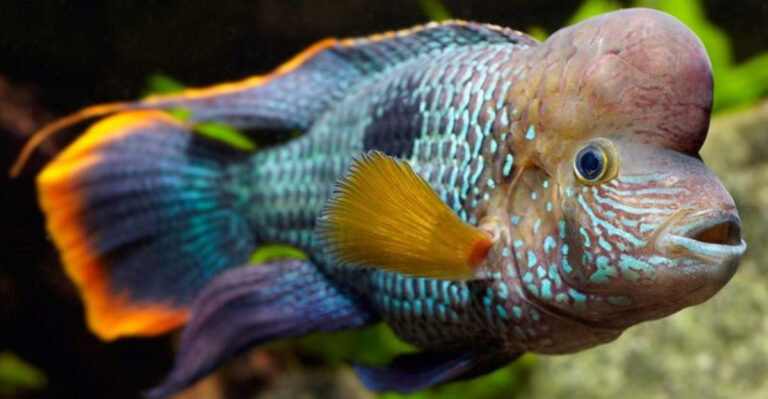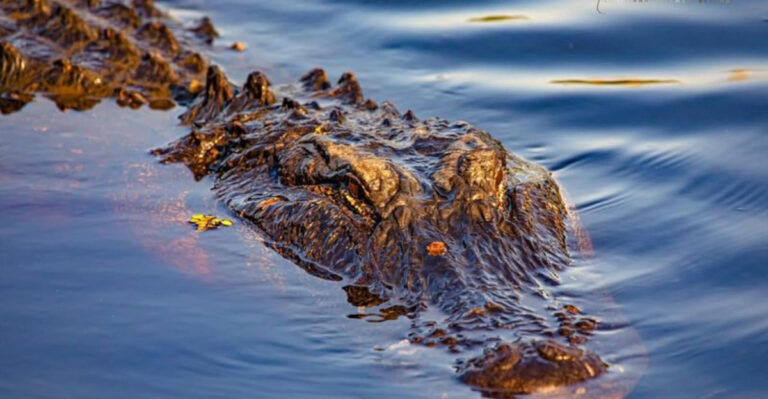18 Fish Species With The Weirdest Shapes You’ve Ever Seen
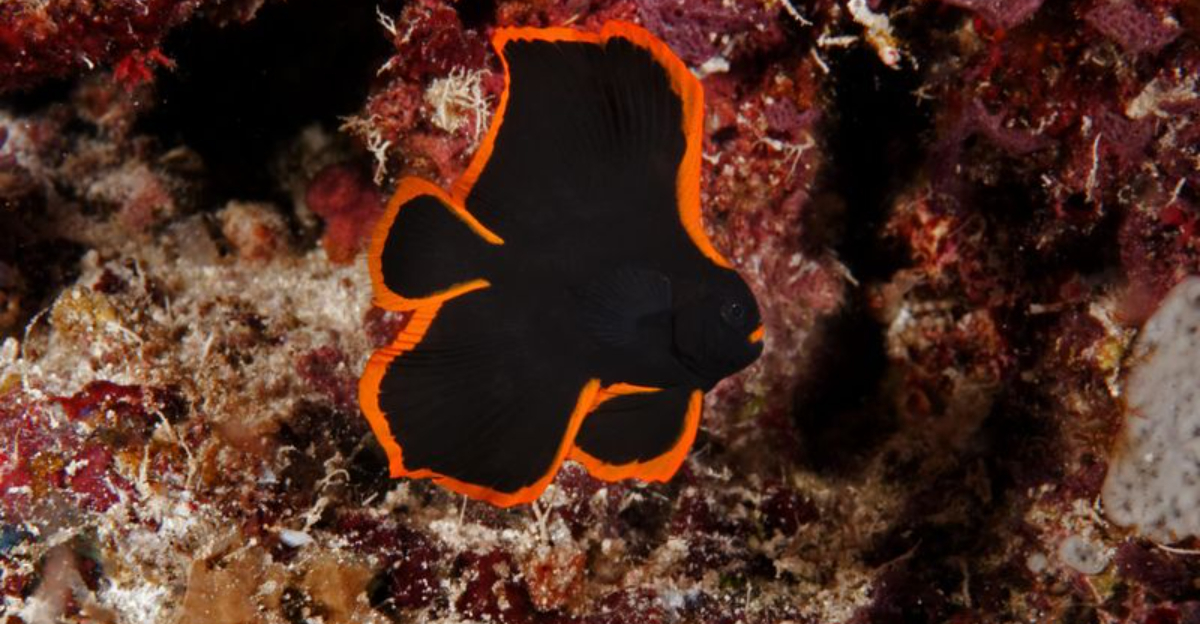
In the vast and diverse world of aquatic life, fish exhibit some of the most fascinating and unusual shapes. From their bizarre body structures to their unique adaptations, these creatures never fail to captivate our imagination.
1. Gobies
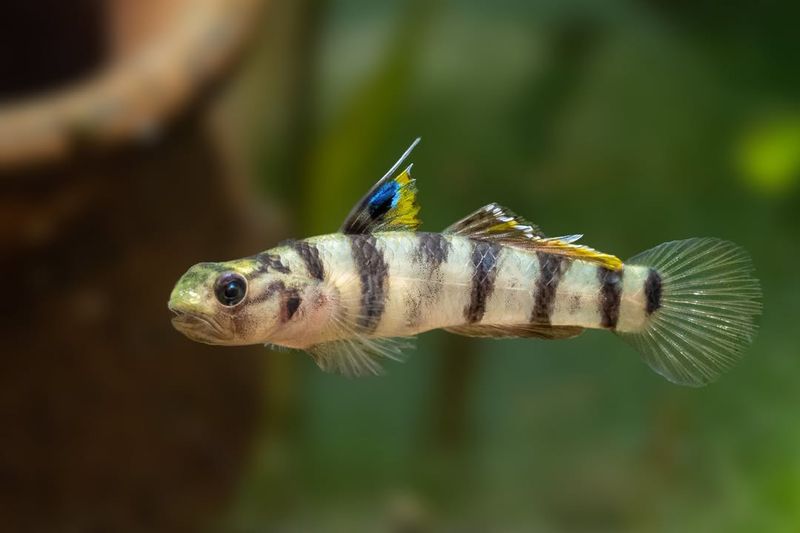
Gobies are a diverse group of fish that often have a squat, round body shape with large heads and small fins.
Their unique features and flattened bodies give them a quirky appearance, making them stand out in the underwater world. They also tend to have an unusual way of swimming, often darting along the seafloor.
2. Blobfish
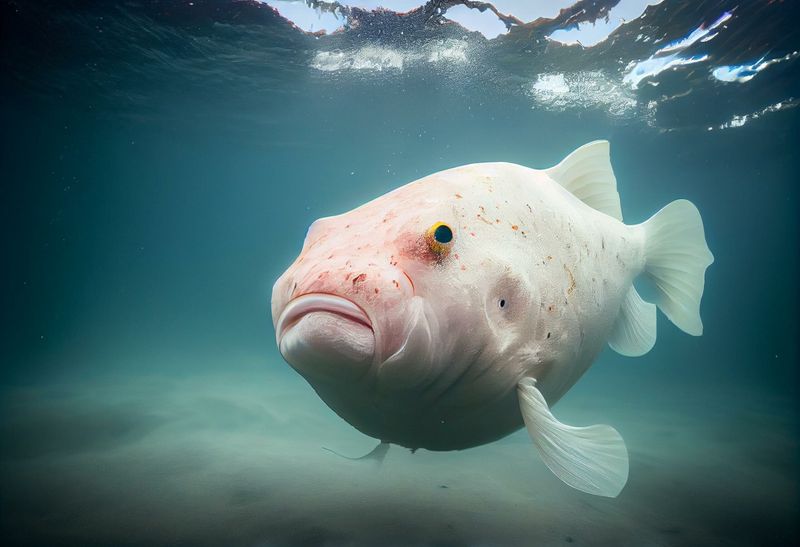
Often dubbed the ‘world’s ugliest fish’, the blobfish is known for its unique, gelatinous appearance. Inhabiting the deep waters off the coasts of Australia and New Zealand, this fish’s body is suited to the high-pressure environment of the ocean’s depths.
The blobfish lacks the gas-filled swim bladder common in most fish, which helps it maintain buoyancy at great depths. Its jelly-like flesh allows it to survive under immense pressure, while its appearance changes drastically when brought to the surface.
3. Lionfish
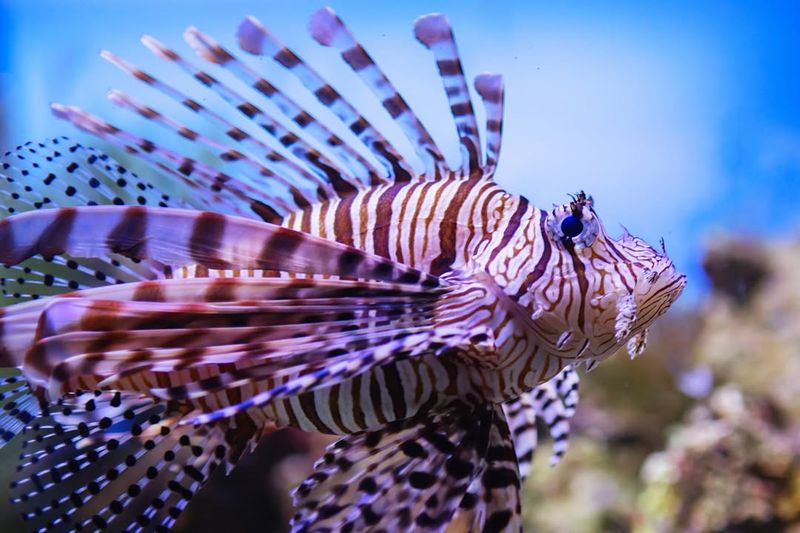
Lionfish are known for their striking appearance, with long, venomous spines extending from their body, resembling a lion’s mane.
These spines are used for defense, and the fish’s vibrant red and white stripes make it one of the most visually captivating yet dangerous creatures in the ocean.
4. Mola Mola (Ocean Sunfish)
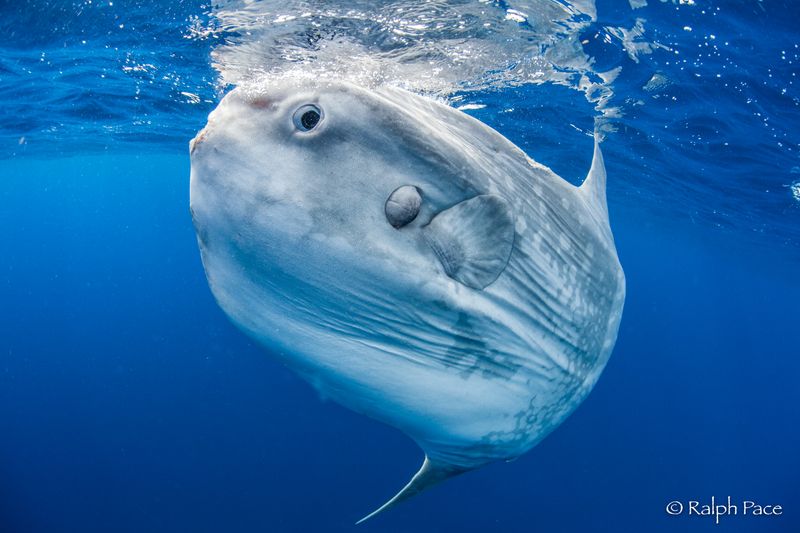
The ocean sunfish, or Mola Mola, is one of the heaviest bony fish in the world. Its distinct, flattened body gives it an unusual appearance, often described as a ‘swimming head’.
As it glides through the ocean, the Mola Mola’s fins protrude from the water, making it a curious sight for sailors and fishermen.
5. Leafy Sea Dragon
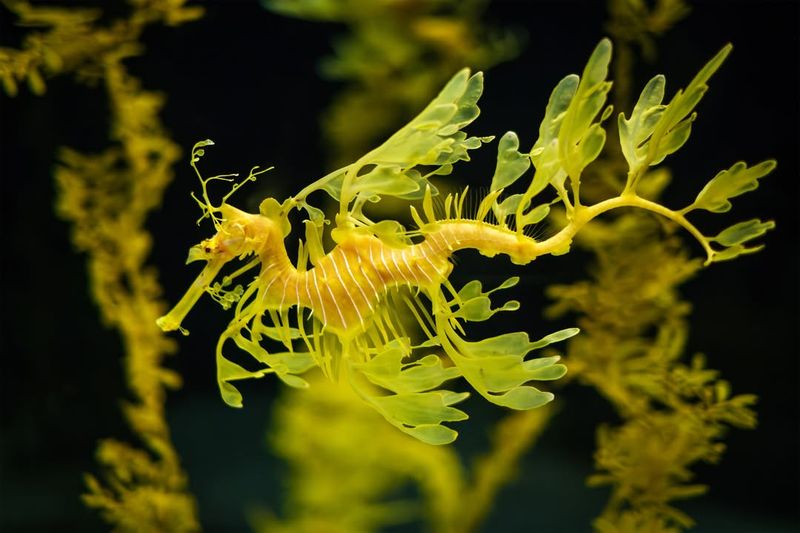
Residing along the southern and western coasts of Australia, the leafy sea dragon is a marvel of camouflage. Its body is adorned with leaf-like appendages that resemble the floating seaweed around it. This unique adaptation helps it evade predators, creating an almost invisible presence in its habitat.
Despite their plant-like appearance, leafy sea dragons are indeed fish, closely related to seahorses. Their slow, gentle movements through the water are mesmerizing, as if they’re dancing with the current.
6. Anglerfish
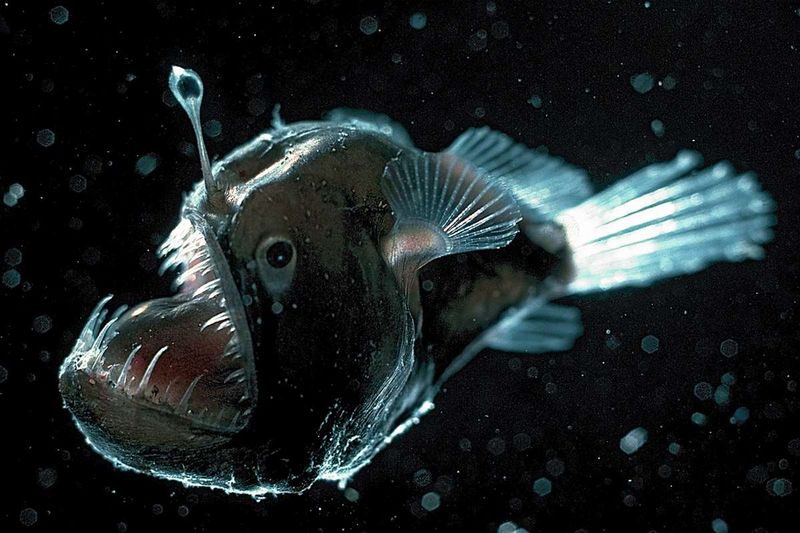
The anglerfish is a master of deception, using its bioluminescent lure to attract unsuspecting prey in the pitch-black depths of the ocean. Found in both deep and shallow waters, these fish are well-known for their unique hunting technique.
With a mouth filled with sharp teeth, the anglerfish appears both intimidating and fascinating. The female anglerfish, larger than its male counterpart, uses its glowing lure as a fishing rod to capture prey.
7. Boxfish
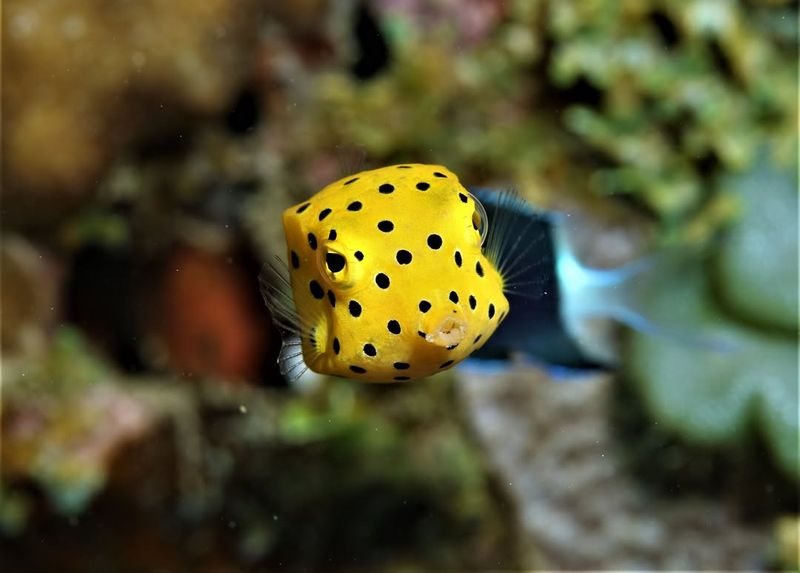
Boxfish are small, bony fish that inhabit coral reefs and seagrass beds. Their distinctive box-like shape is formed by a rigid external skeleton, providing them with protection against predators. This unique structure, however, limits their swimming speed and agility.
Despite their cumbersome appearance, boxfish are highly maneuverable, using their pectoral fins to make precise movements.
8. Stargazer Fish
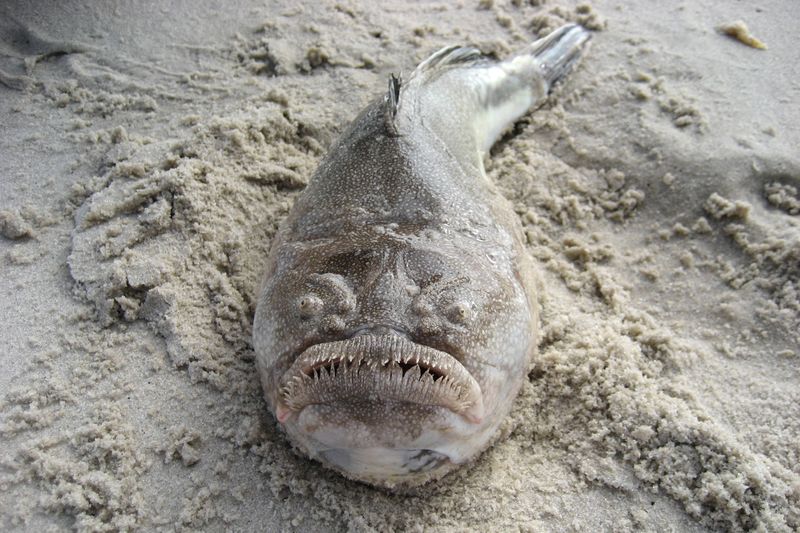
Camouflaged beneath the sandy ocean floor, stargazer fish are ambush predators with a peculiar appearance.
Their eyes and mouth are positioned on the top of their head, allowing them to lie in wait for unsuspecting prey. This unique adaptation makes them difficult to spot, even for experienced divers.
9. Seahorse
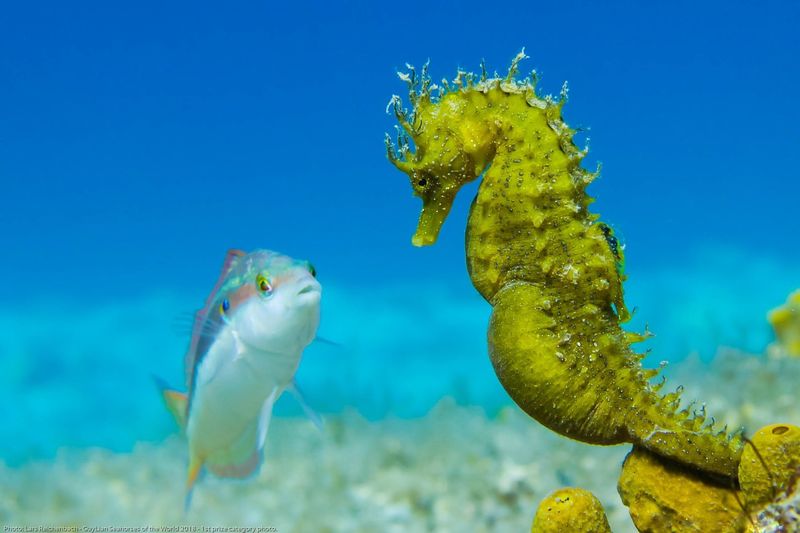
Seahorses are among the most recognizable fish, with their horse-like heads and curled tails. These enchanting creatures are unique in many ways, including their reproductive roles, where males carry and nurture the young.
Their ability to change color allows seahorses to blend into their surroundings, avoiding predators and surprising prey.
10. Pufferfish
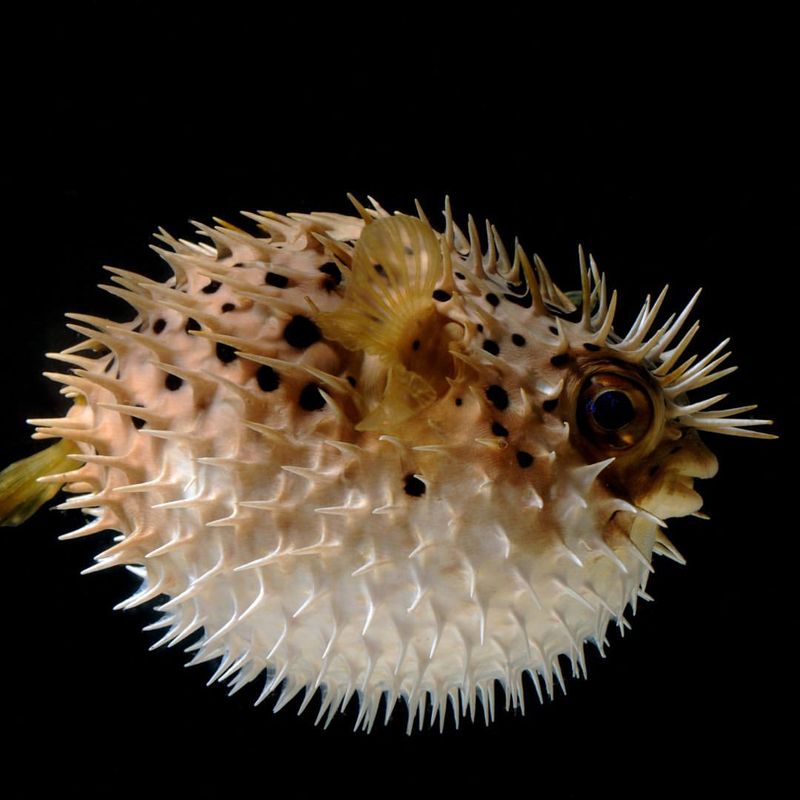
Pufferfish are well-known for their ability to inflate their bodies, transforming into spiky balls to deter predators. This defense mechanism is not only visually striking but also highly effective, as it makes the fish difficult to swallow.
In addition to their inflatable bodies, pufferfish contain a potent toxin, tetrodotoxin, which serves as a second line of defense.
11. Handfish
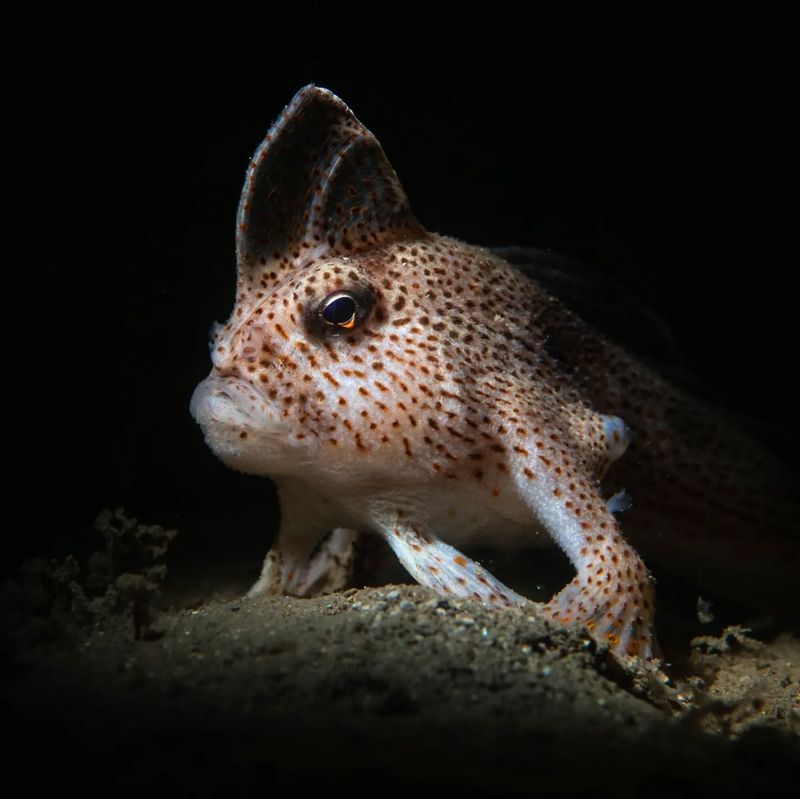
Handfish are a peculiar group of fish that ‘walk’ along the ocean floor using their pectoral fins as makeshift legs. This unusual mode of transportation, along with their vibrant colors and patterns, sets them apart in the marine world.
Found primarily in the waters around Tasmania, handfish are not strong swimmers, relying instead on their unique locomotion to navigate their environment.
12. Goblin Shark
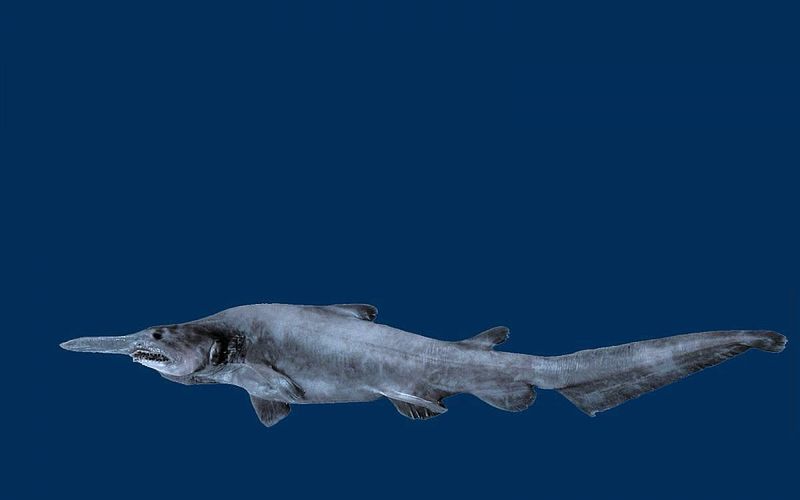
The goblin shark is a deep-sea dweller known for its bizarre appearance. Its elongated snout and protruding jaws give it a prehistoric look, earning it the nickname ‘living fossil’.
These sharks are rarely seen, inhabiting depths beyond the reach of most humans.
13. Sawfish
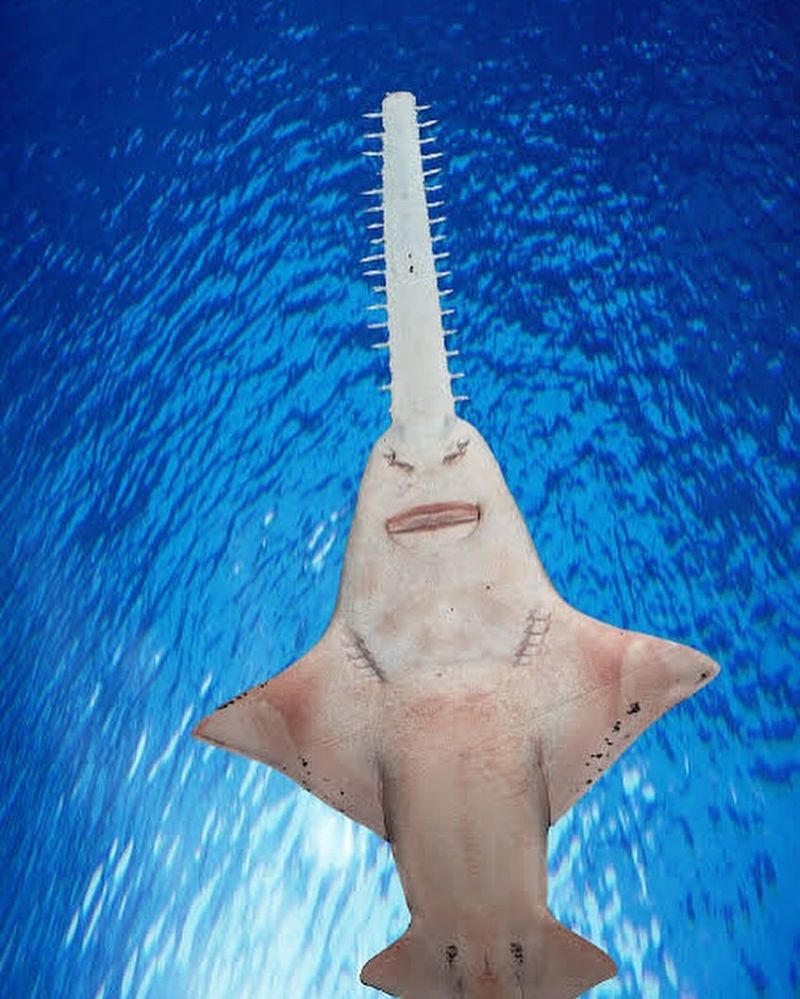
Sawfish are distinctive for their long, flat snouts lined with sharp teeth, resembling a saw. These remarkable appendages are used to stun and capture prey, making the sawfish a formidable predator in its aquatic environment.
Found in both salt and freshwater habitats, sawfish face numerous threats, including habitat destruction and overfishing.
14. Thornback Cowfish
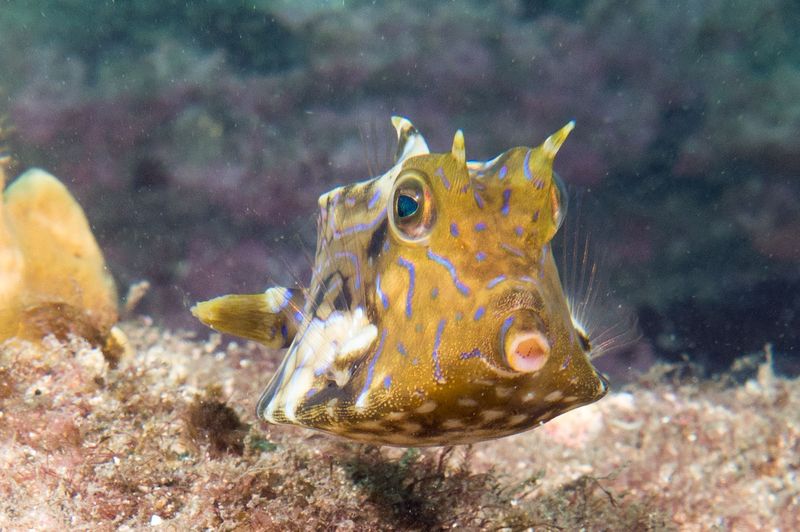
Thornback Cowfish are easily recognized by their box-like shape and long, horn-like protrusions that give them a distinct appearance. Their hard, bony exterior provides protection from predators, while their slow movement belies a surprisingly agile nature.
These unusual fish are found in the Indo-Pacific region, often seen gliding over sandy ocean floors. Their unique form and behavior make them a curious subject for marine enthusiasts, offering insights into the adaptability of life underwater.
15. Viperfish
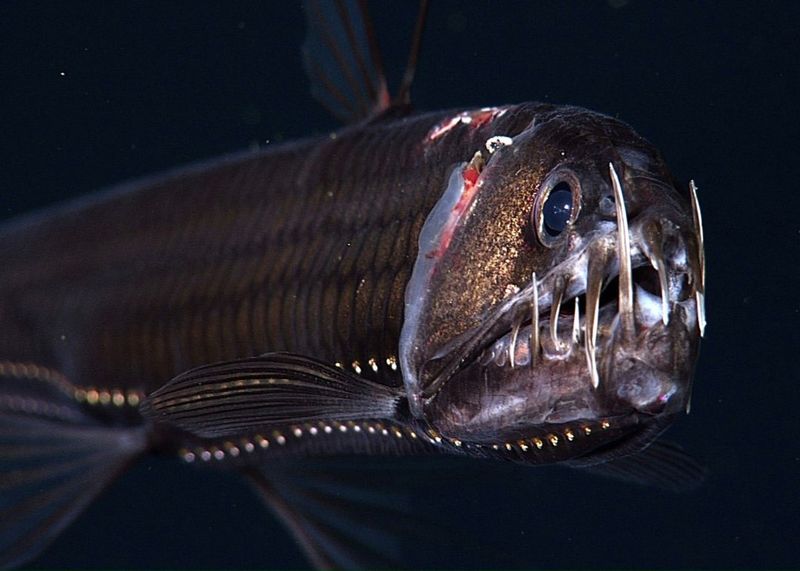
Inhabiting the dark depths of the ocean, viperfish are known for their fearsome appearance and predatory prowess. Their long, needle-like teeth and bioluminescent bodies make them well-suited for life in the deep sea.
Viperfish use their bioluminescent organs to attract unsuspecting prey, lighting up the darkness of their environment.
16. Parrotfish
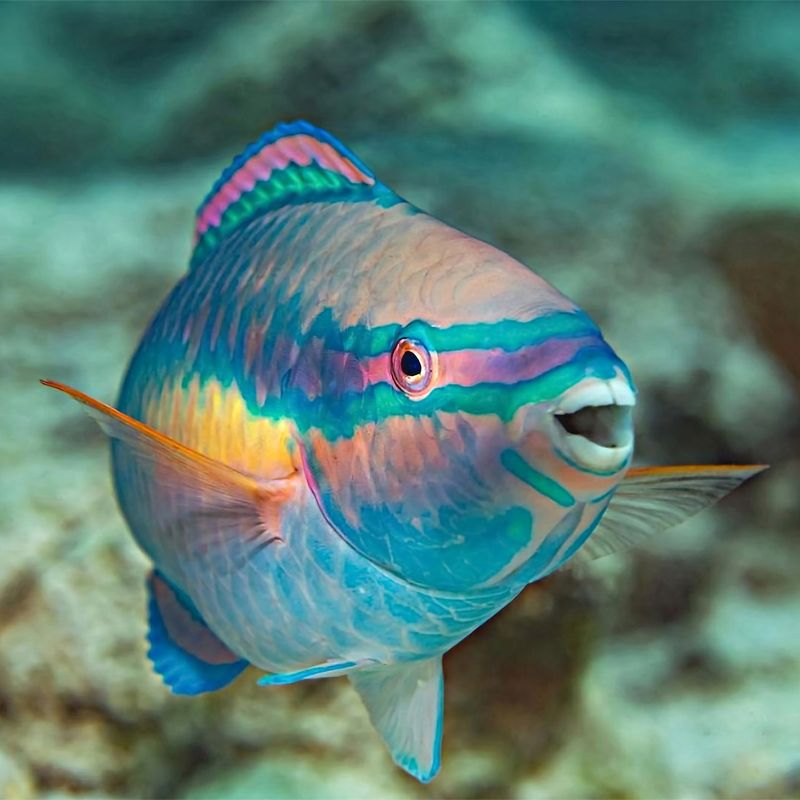
Parrotfish are vibrant reef inhabitants known for their beak-like mouths and striking colors. These fish play a vital role in maintaining the health of coral reefs by grazing on algae that can otherwise overwhelm the ecosystem.
Their beaks, formed from fused teeth, allow parrotfish to scrape and bite into hard surfaces, contributing to the bioerosion of coral.
17. Batfish
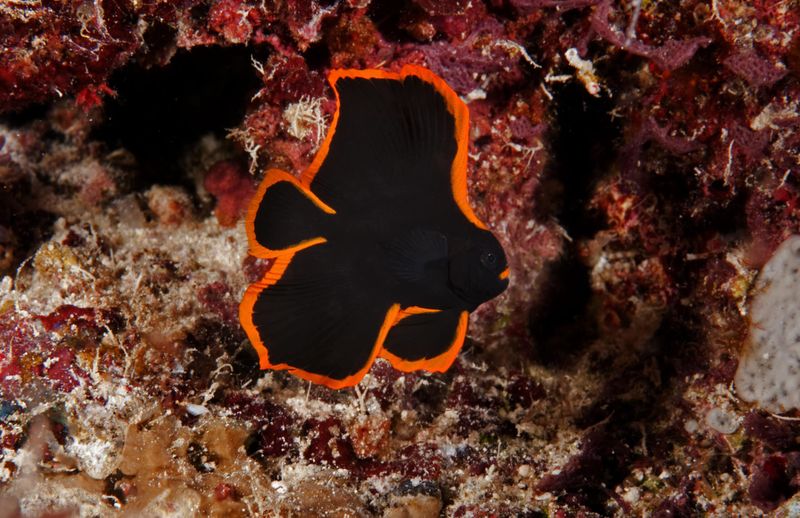
Batfish Saltwater are distinctive for their flat bodies and wing-like fins, giving them a bat-like appearance. These intriguing fish are often found near the ocean floor, where they glide gracefully over the substrate.
Their flattened bodies allow them to navigate tight spaces and avoid predators, while their unique shape provides camouflage against the ocean floor. Batfish use their pectoral fins to ‘walk’ along the bottom, adding to their unusual mode of movement.
18. Hammerhead Shark
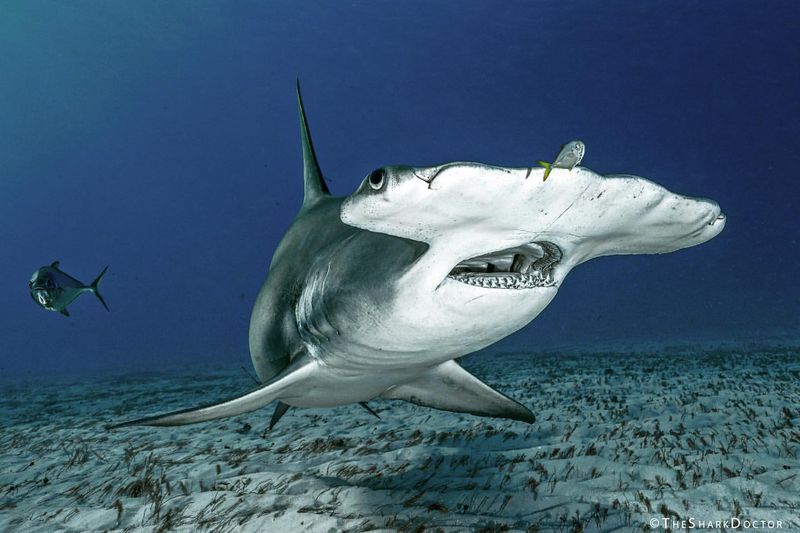
The hammerhead shark is renowned for its unmistakable head shape, which sets it apart from other shark species. This unique feature is not just for show; it offers several advantages in the shark’s hunting and navigation.
The wide-set eyes provide a panoramic view of the surroundings, while sensory organs on the head’s underside detect electrical signals from prey.

